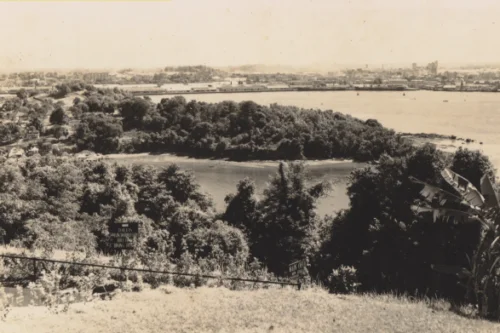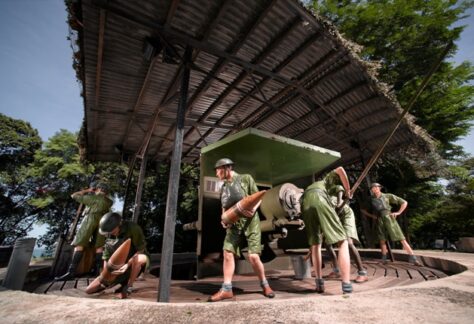From stories of frequent bloodshed to being the site of horrific Sook Ching Massacre, the sunny island of Sentosa lie a dark and tragic past that many are not aware of
From long sandy beaches and scenic trails to posh hotels and thrilling attraction rides, Sentosa has long been the ultimate leisure destination for locals and travellers in Singapore.
Yet, few are aware of the dark history behind the holiday island.
The Island of Death Behind
Before the commercial development of Sentosa, the island was known by its inhabitants as Pulau Blakang Mati, which means “Island of Death from Behind” in Malay.
Over the years, several versions accounting for the origins of the island’s ghastly name have surfaced:
- The island was once plagued by rampant piracy, leading to frequent bloodshed. Early records suggested that the Bugis pirates — sea nomads originating from Indonesia — have been responsible for the plundering of well-stocked English and Dutch ships leaving the Keppel Harbour.
- Spirits of Malay warriors laid rest on the nearby island of Pulau Brani are said to haunt Sentosa till this day.
- The outbreak of an unknown disease in the late 1840s nearly wiped out villagers on the island. The mysterious illness was found to be malaria.
- The island creates an area of dead water between the isle and mainland Singapore.
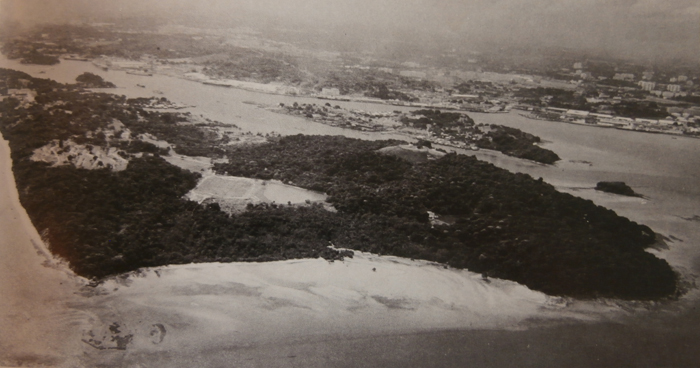
Defending Singapore: Forts & Deaths
The rapid growth of Keppel Harbour as a maritime hub prompted the fortification of the island to protect the shipping passages.
You may be interested in: The Ultimate Guide to the Southern Ridges
A total of four military installations were constructed in the 1870s on the island:
- Fort Connaught on the eastern end,
- Fort Serapong in the centre,
- Fort Siloso and Mount Imbiah Battery on the western side. Imbiah Battery was decommissioned in the mid-1930s with the expansion of Fort Connaught but continued to serve as an ammo reserve for troops on the island.
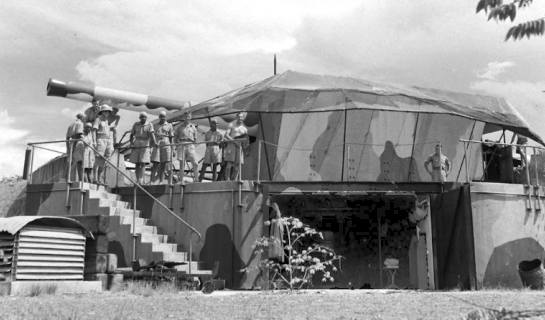
With the fall of Singapore in 1942, the island was turned into a prisoner-of-war (POW) camp. It is estimated that 400 Allied troops were detained at Blakang Mati Artillery Barrack, which has since been renovated into a posh resort named The Barracks Hotel.
From 21 February to 4 March, the Japanese initiated Operation Sook Ching to purge anti-Japanese individuals in the Chinese community. The operation targeted Chinese male aged between 18 and 50 who were ‘suspected’ of carrying out anti-Japanese propaganda.
Approximately 300 civilians were shot and killed at a beach near Serapong Golf Course. Over the course of two weeks, an estimated 10,000 to 25,000 Chinese were killed across Singapore, far above the 5,000 deaths published by the Japanese.
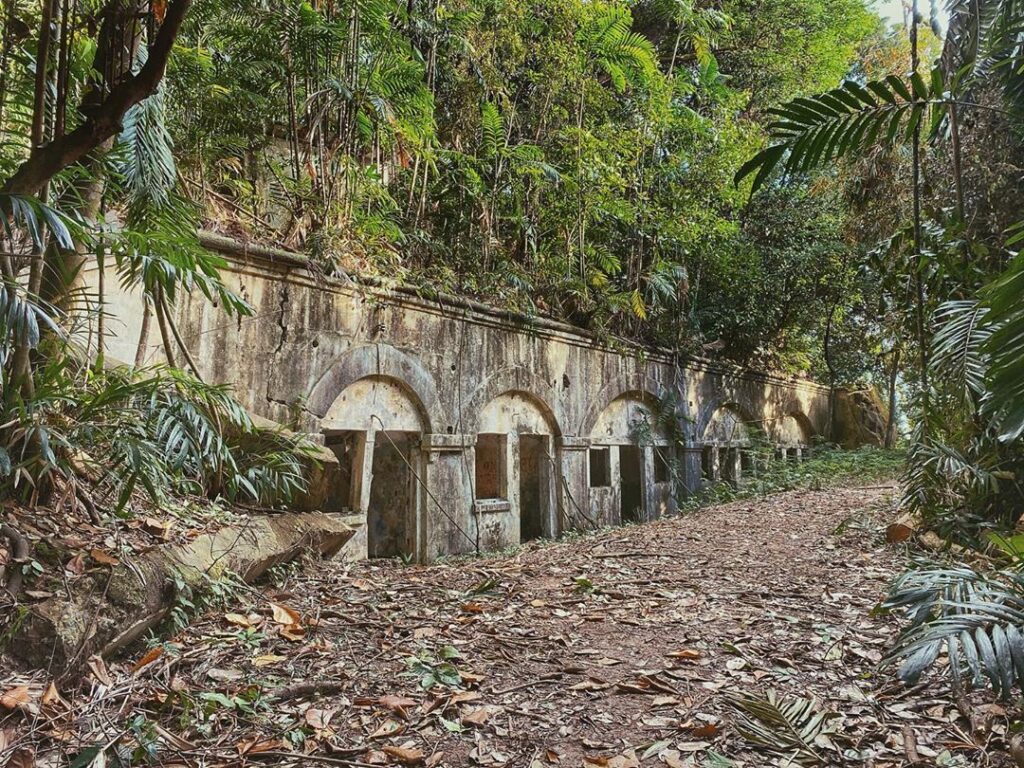
Defending Singapore: Training and Konfrontasi
After the surrender of the Japanese in 1945, the island was returned to the British and converted into a military ground. The 1st Singapore Regiment of the Royal Artillery (SRRA), the Gurka infantry units as well as local enlistees were briefly stationed on the island.
During the Konfrontasi (Indonesia-Malaysia Confrontation) from 1963 to 1965, Sentosa (specifically Fort Siloso) was charged with defending the southern coast and west entrance of Keppel Harbour from Indonesians making illegal landings on the island.

In 1967, with the withdrawal of the British forces and the Gurka units, the island was handed over to the Singapore Armed Forces. The island soon became the base of several military units including the Singapore Naval Volunteer Force, the School of Field Engineers as well as the Engineer Headquarters.
Meanwhile, Fort Siloso and Fort Serapong were converted for use as Catholic and Protestant churches respectively while Fort Connaught was left abandoned.
Sentosa, The Island of Peace and Tranquility
In the late 1960s, commercial plans were proposed for the development the island. Ideas include a military base, an oil refinery, and an industrial complex. However, most plans were deemed to be either unviable or reaped little economic benefits.
An agreement with Esso to build an oil refinery complex had been reached but was later dismissed due to concerns of pollution and the island’s proximity to Singapore’s business district.
You may be interested in: The History Behind Istana Woodneuk
Albert Winsemius, an economic advisor, and Alan Choe, then head of the Urban Renewal Unit (now known as Urban Redevelopment Authority, URA) persuaded then Prime Minister Lee Kuan Yew to develop the island into a tourist destination.
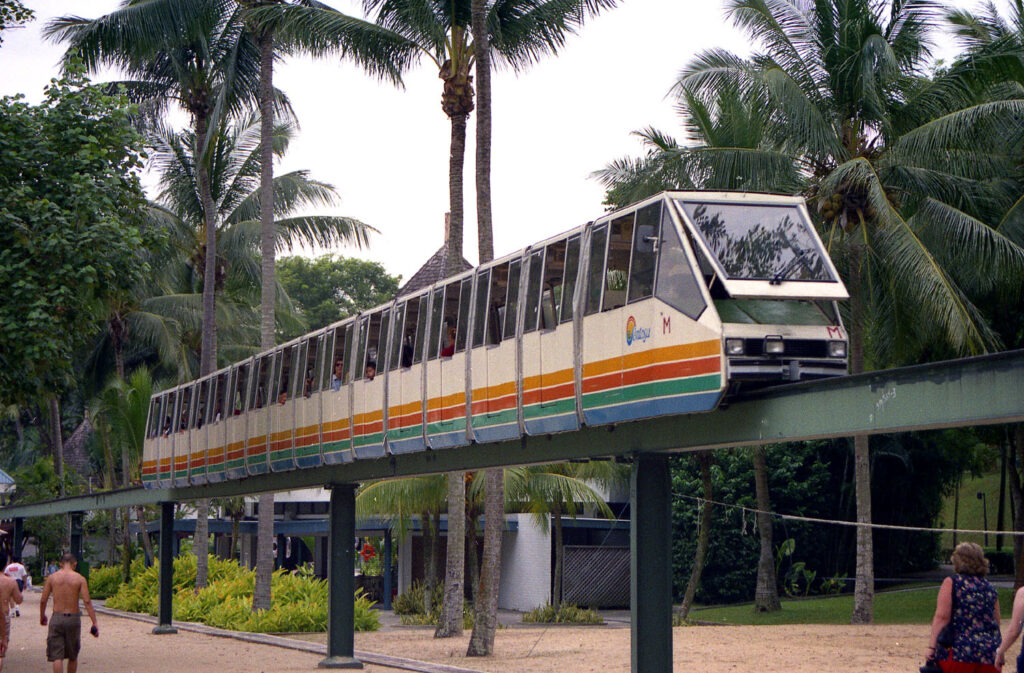
In 1969, the Singapore Tourist Promotion Board (now known as Singapore Tourism Board, STB) unveiled plans for an integrated resort complete with floating hotels, casinos, golf courses and even a greyhound racing stadium. A naming contest was subsequently launched to signify the rejuvenation of the island.
In 1972, administration of the island was handed over to the newly established Sentosa Development Corporation (SDC) to oversee the development of the island. Pulau Blakang Mati was officially renamed to “Sentosa” which means “peace and tranquility” in Malay.
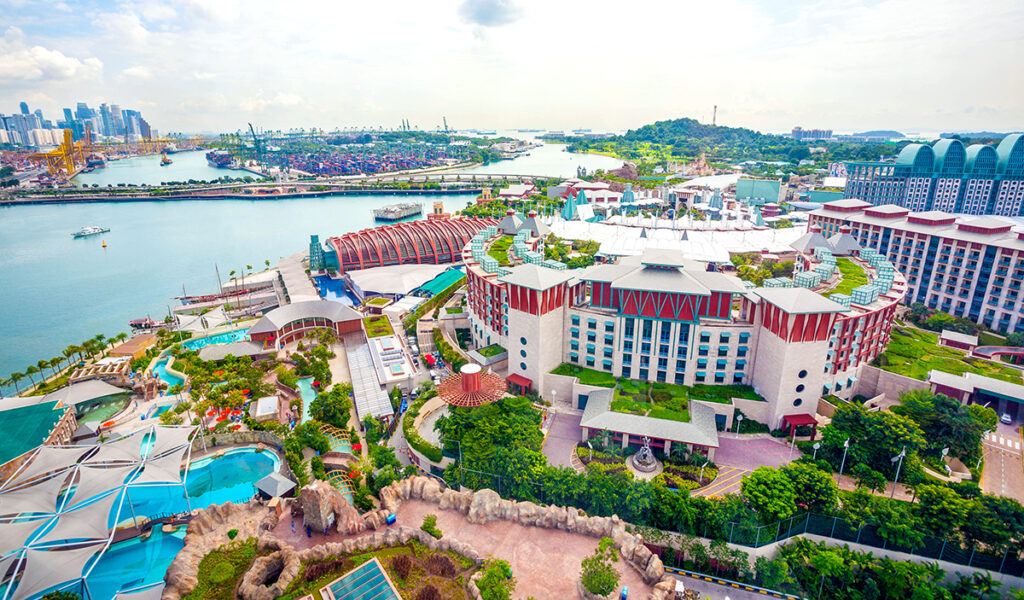
The island soon opened its doors to the public with an array of attractions. This includes Fort Siloso, the Musical Fountain, Underwater World and the 37-metre tall Merlion. The cable car system and monorail began operations in 1964 and 1982 respectively to provide greater convenience to those visiting the island.
More attractions were added over the years including iFly Singapore, Trick Eye Museum, Skyline Luge and more recently, Resorts World Sentosa.
Today, Sentosa is one of Asia’s top leisure destination, attracting close to 20 million visitors a year (pre-COVID-19).

